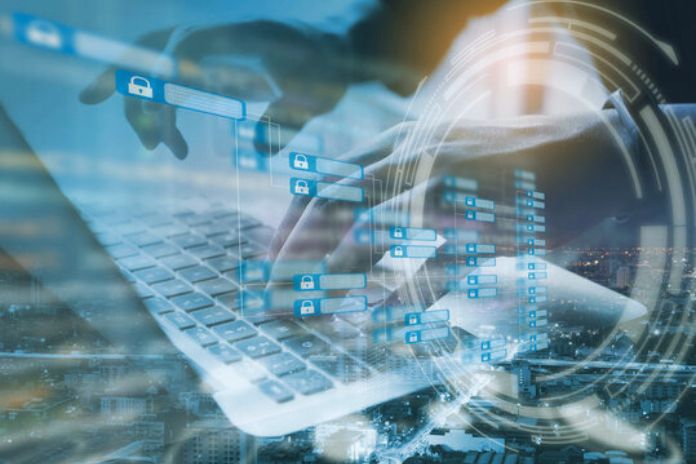Disruptive Technology: Technological advancement is one of the most incredible things in the business world, as it oxygenates the market, generating new opportunities.
It turns out that, at the same time that it fascinates, it causes a certain fear. Have you heard of disruptive technology, but do you know exactly what it is and how it is applied?
The term is being talked about a lot and makes some businessmen worried. After all, what technology is this? How to keep up with the frenetic pace of change? With this content, you will solve these doubts by discovering disruptive technology and its examples. Follow!
Understand What Disruptive Technology Is
The concept was first used by Clayton M. Christensen, a professor at the Harvard Business School and author of the best-selling book “The Innovator’s Dilemma” in 1997.
The computer is a classic example of disruptive technology. It replaced the old typewriter and changed the way we work. Later, the Internet, e-mail, and smartphones came as examples that caused a real revolution in our communication.
Check Out Examples Of Disruptive Technology
Disruption is a constant in the daily lives of consumers and in the operations of companies. Next, you will understand the main examples of applications supporting innovations.
Artificial Intelligence (AI)
We can define AI as the technology used in machines to “think” more and more similar to human beings. With an extensive volume of data, the ability of these platforms to create a pattern and, consequently, make the right decisions becomes much greater.
The shift in business thinking has placed AI at the center of the strategy. In 2017, giants like Google and Microsoft invested in the idea and paved the way for other brands to follow suit.
Many continue to benefit from tools like machine learning to automate processes, reduce administrative tasks, and collect and organize data.
For example, chatbots have come a long way from their humble beginnings in an MIT laboratory in 1966. Back then, “Eliza” was a way to demonstrate the shallowness of human-machine communication by matching user requests with simple responses by script.
Now, they have turned into indispensable tools with constant innovations.
Analytics
Analytics brought up the term Big Data, which refers to the huge volume of information that needs to be managed today. It is possible to analyze data (whether from the company, customers, employees, or others) to understand some relationships and create strategies that optimize productivity and profits.
This technology can be used in many industries: logistics, sales, finance, human resources, customer service, etc. Intelligent data discovery capabilities, in particular, are driving advances in understanding structured and unstructured data.
In this way, organizations can predict market development and bring more depth to forecasts. After all, prescriptive analytics goes beyond knowledge and even provides recommended actions based on past results.
Internet Of Things (IoT)
The Internet of Things is an expansive network of “things” or devices connected to the Internet that facilitate the intercommunication of devices. Think about these facilities: first thing in the morning, your alarm goes off and asks the coffee maker to start preparing coffee before your self-driving car takes you to work…
Other examples of the application of this technology are smart locks, which can be controlled digitally and even remotely. On a larger scale, we find sensors for agriculture, which can detect temperature and humidity in the air, activating irrigation systems when necessary.
It is also possible to control thermostats from the cell phone so that the temperature of the home or work environment is ideal for the user’s needs. On a more global scale, IoT will significantly transition to smart cities.
With the help of sensors, it is possible, for example:
- improve the distribution of energy networks;
- detect system failures quickly;
- increase levels of security.
- And all this at an affordable price.
Blockchain
Blockchain is a disruptive innovation that caught the market’s attention, mainly due to Bitcoin, a cryptocurrency with a payment transaction method on an open network using bits and digital cryptography.
As a peer-to-peer network combined with a distributed timestamp server, databases are autonomously managed to exchange information between different parties. There is no need for an administrator: users are administrators themselves.
The three main features of blockchain are decentralization, transparency, and security. Initially, the idea was to facilitate faster transactions, free from the control and risks of a single point of authority.

